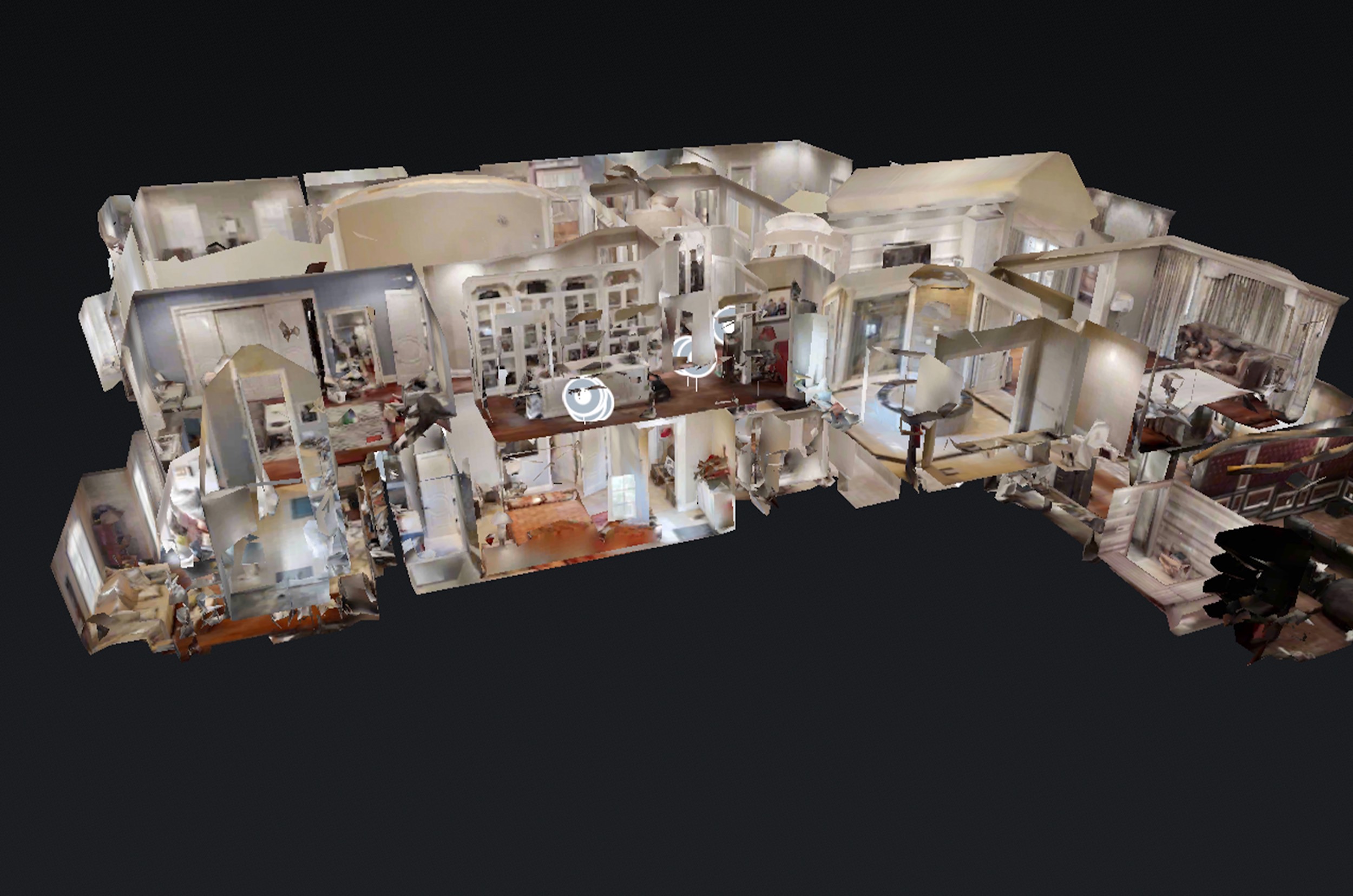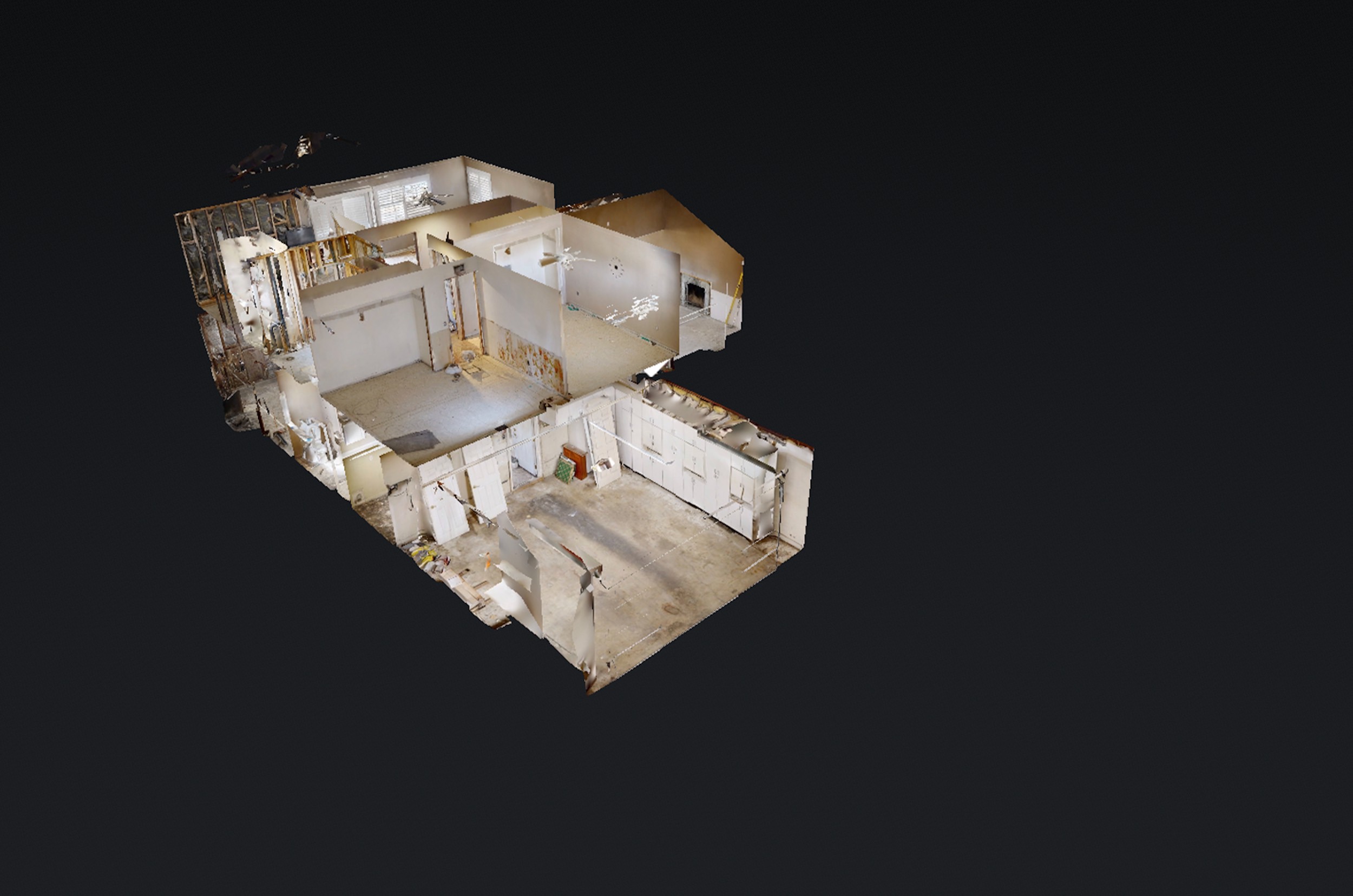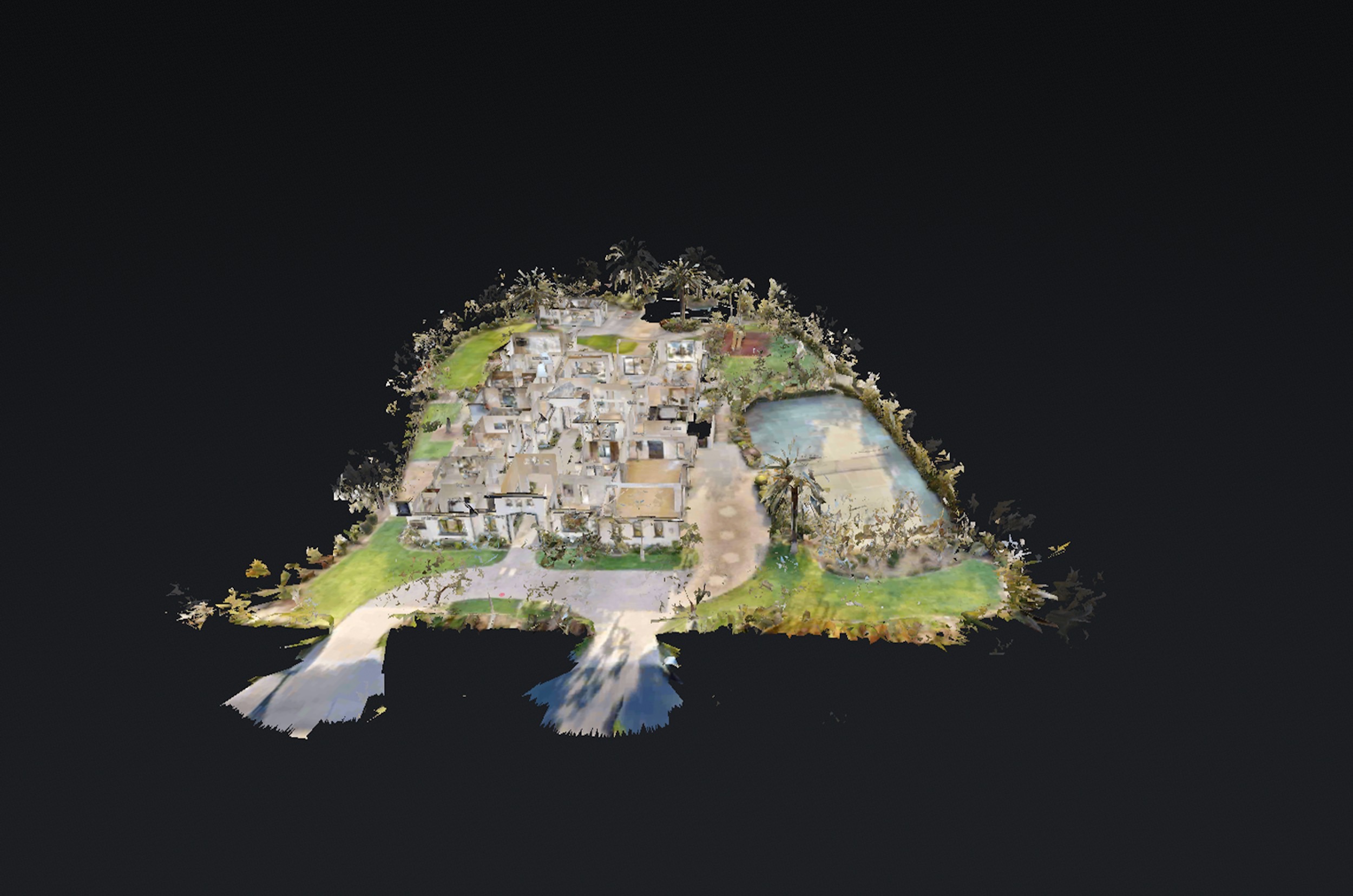In the digital age, event planning and venue selection have transcended traditional boundaries, thanks to the advent of 360 virtual tours. This innovative technology has redefined the way event planners, businesses, and clients interact with event spaces, offering a comprehensive and immersive viewing experience from anywhere in the world.
This blog delves into the transformative impact of 360 virtual tours on the event space industry, exploring how they facilitate better decision-making, enhance customization, and streamline the planning process, setting a new standard for the future of events.
1. Immersive Venue Showcasing: 360 virtual tours provide a panoramic view of event spaces, allowing planners and clients to explore every corner, nook, and cranny of a venue with just a click. This immersive experience goes beyond static photos, offering a realistic sense of the space, ambiance, and potential, which is crucial for making informed decisions without the need for physical visits.
2. Enhanced Planning and Customization: With the ability to virtually walk through a venue, event planners can more accurately plan layouts, decorations, and logistics, tailoring every detail to fit the event’s theme and client’s vision. This level of customization ensures that every aspect of the event is optimized for success and client satisfaction.
3. Time and Cost Efficiency: 360 virtual tours save time and resources by reducing the need for multiple in-person site visits, especially for international clients or planners coordinating events in distant locations. This efficiency not only streamlines the planning process but also opens up a broader range of venue options that might have been logistically challenging to consider otherwise.
4. Interactive and Engaging Content: Event spaces can enhance their 360 virtual tours with interactive elements such as information hotspots, video clips, and links to reservation systems or contact forms. This interactive content not only engages potential clients but also provides them with all the information they need to make a booking decision, thereby improving conversion rates.
5. Bridging the Gap Between Expectation and Reality: One of the greatest advantages of 360 virtual tours is their ability to provide an accurate representation of a venue, bridging the gap between client expectations and reality. This transparency builds trust and confidence in the venue’s offerings, reducing the likelihood of misunderstandings and ensuring that the event meets or exceeds expectations.
Conclusion:
360 virtual tours represent a paradigm shift in how event spaces are marketed, viewed, and planned. By offering an immersive, detailed, and interactive viewing experience, they empower planners and clients to make informed decisions, customize details to their exact needs, and efficiently plan unforgettable events.
As this technology continues to evolve, it promises to further enhance the event planning landscape, making it more accessible, efficient, and aligned with the needs of a digital-first world. For venue owners and event planners alike, embracing 360 virtual tours is not just an innovation; it’s a step towards the future of event planning.







